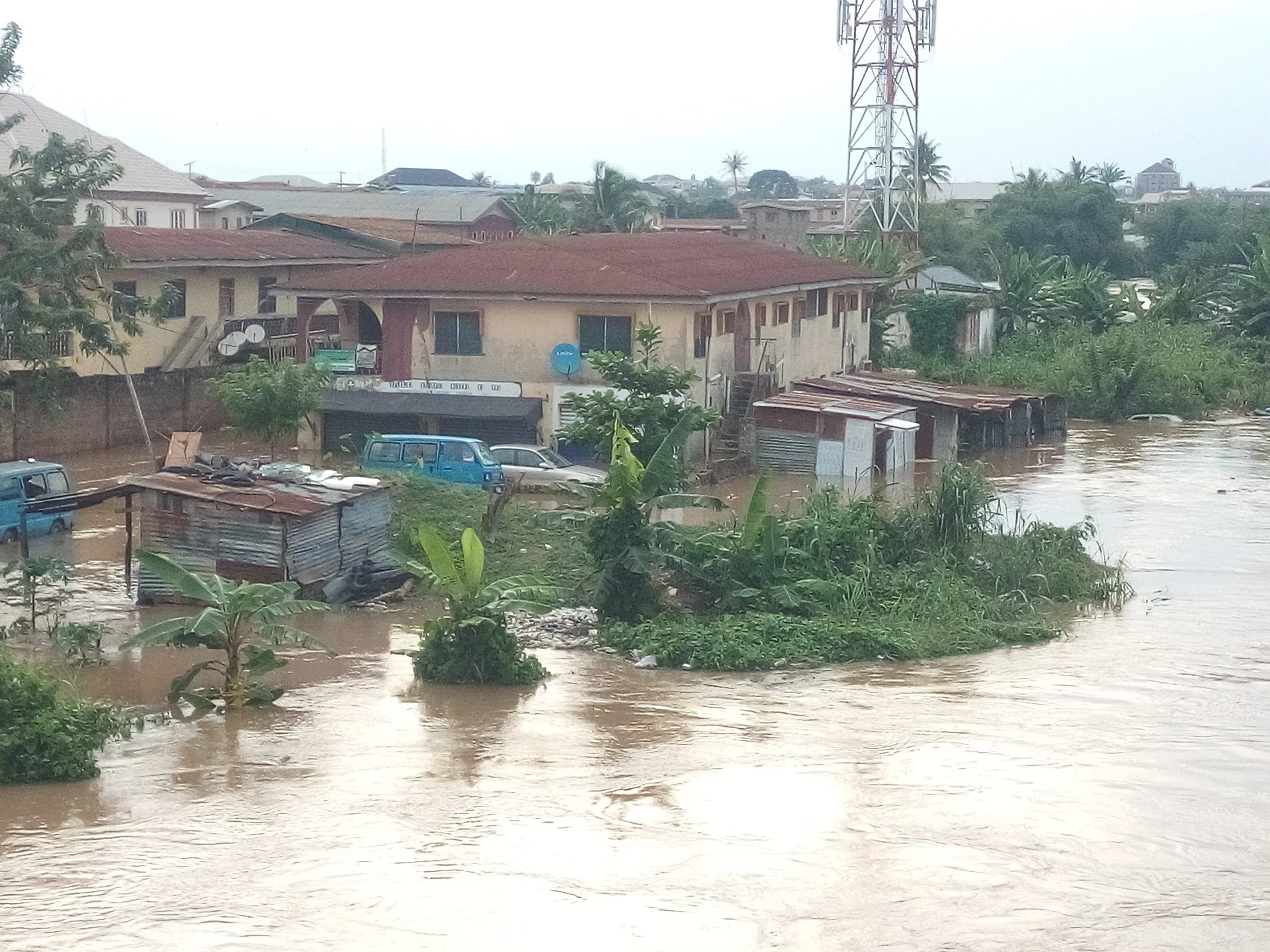
The Federal Government has said over 148 local government areas from 31 states in Nigeria are at higher flood risk for the year 2024 beginning from April to November.
This was contained in a press statement signed by the Director, Information and Public Relations, Federal Ministry of Water Resources and Sanitation, Funmi Imuetinyan.
According to the statement, the Honourable Minister, Federal Ministry of Water Resources and Sanitation, Engr. Prof. Joseph Terlumun Utsev disclosed this during the launching of the 2024 Annual Flood Outlook with the theme “Promoting the use of Data Analytics and Modeling for Flood Risk Assessments and Food Security,” held in Abuja.
He said the areas include parts of Adamawa, Akwa-Ibom, Anambra, Bauchi, Bayelsa, Benue, Borno, Cross-River, Delta, Ebonyi, Edo, Imo, Jigawa, Kaduna, Kano, among others.
He emphasized the urgency of the Annual Flood Outlook in mitigating the devastating effects of floods, highlighting its alignment with President Bola Ahmed Tinubu’s Agenda on food security and poverty reduction.
According to the AFO report “148 local government areas spanning 31 states in Nigeria are high flood risk areas for the year 2024 beginning from April to November.
“These areas include parts of Adamawa, Akwa-Ibom, Anambra, Bauchi, Bayelsa, Benue, Borno, Cross-River, Delta, Ebonyi, Edo, Imo, Jigawa, Kaduna, Kano, among others. They are susceptible to significant high flood impacts on population, agriculture, livelihoods, infrastructure, and the environment.
“While the Moderate impact level floods are projected in 249 LGAs in 36 states and the FCT with specific timeframes in parts of 63 Local Government Areas (LGAs) between April, May, and June, 221 LGAs face potential flooding in July, August, and September; while 100 LGAs are susceptible during October and November 2024.
“Also, flash and urban flooding are expected to affect urban city centers nationwide, including Abakaliki, Abeokuta, Abuja, and Lagos, Asaba, Benin City, Birnin-Kebbi and others.”
The Minister urged state governors to swiftly address the information in the 2024 AFO, emphasizing the need for collaboration among policymakers, government departments, and agencies to mitigate flood risks.


